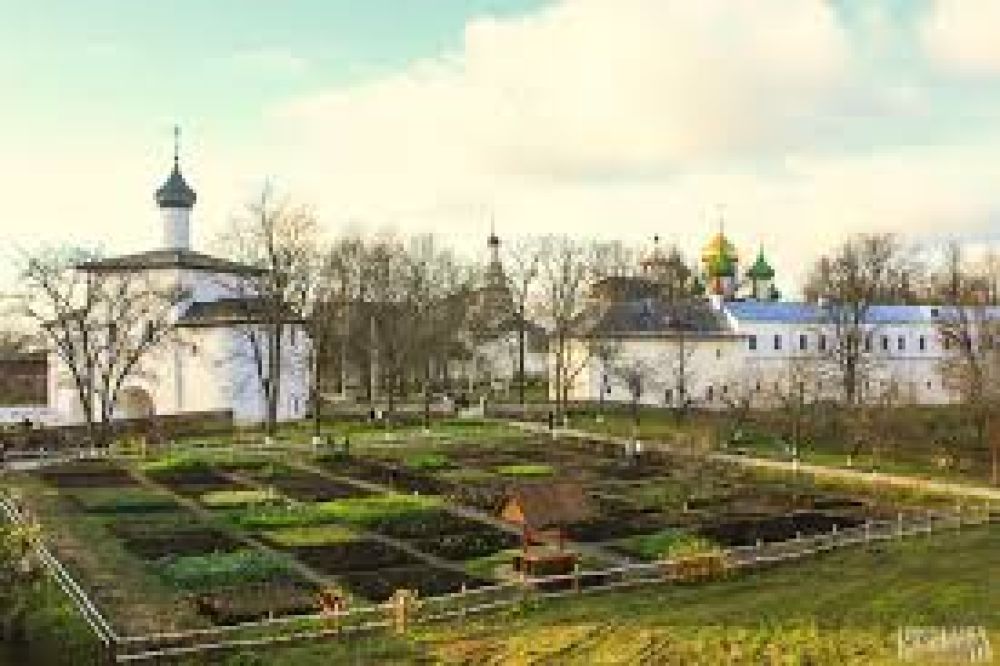

The Spaso-Yefimiev Monastery, also known as the Saviour Monastery of St. Euthymius, is a historical jewel nestled in the quaint town of Suzdal, Russia. Founded in 1352 by Boris Konstantinovich, the prince of Suzdal-Nizhny Novgorod, it initially started as a fortress and was later converted into a monastery. Over the centuries, this edifice has seen numerous developments and renovations, reflecting various architectural styles that were popular during different periods in Russian history.
The monastery has played a pivotal role in the history of Russian Orthodoxy and has been a center of religious education and manuscript copying. Its well-preserved medieval architecture and ancient frescoes have attracted historians and art lovers alike, making it a key tourist spot in the Golden Ring of Russia. During the Soviet Era, the Spaso-Yefimiev Monastery was used for various purposes, including a period when it functioned as a prison. Nevertheless, interest in the monastery's history remained, and it became part of a growing movement to preserve and appreciate Russia's vast cultural heritage. As the country opened up more to tourism, the monastery re-emerged as an important destination for those interested in Russia's religious and historical past. In the late 20th century, after the fall of the Soviet Union, there was a resurgence in religious and historical tourism, and the Spaso-Yefimiev Monastery has been a star attraction since. Its inclusion as a UNESCO World Heritage site, along with the entire Suzdal town, has cemented its status as a must-see location for those visiting Russia.
With the burgeoning interest in experiential travel and cultural immersion, visitors to the Spaso-Yefimiev Monastery can look forward to a series of enriching experiences: